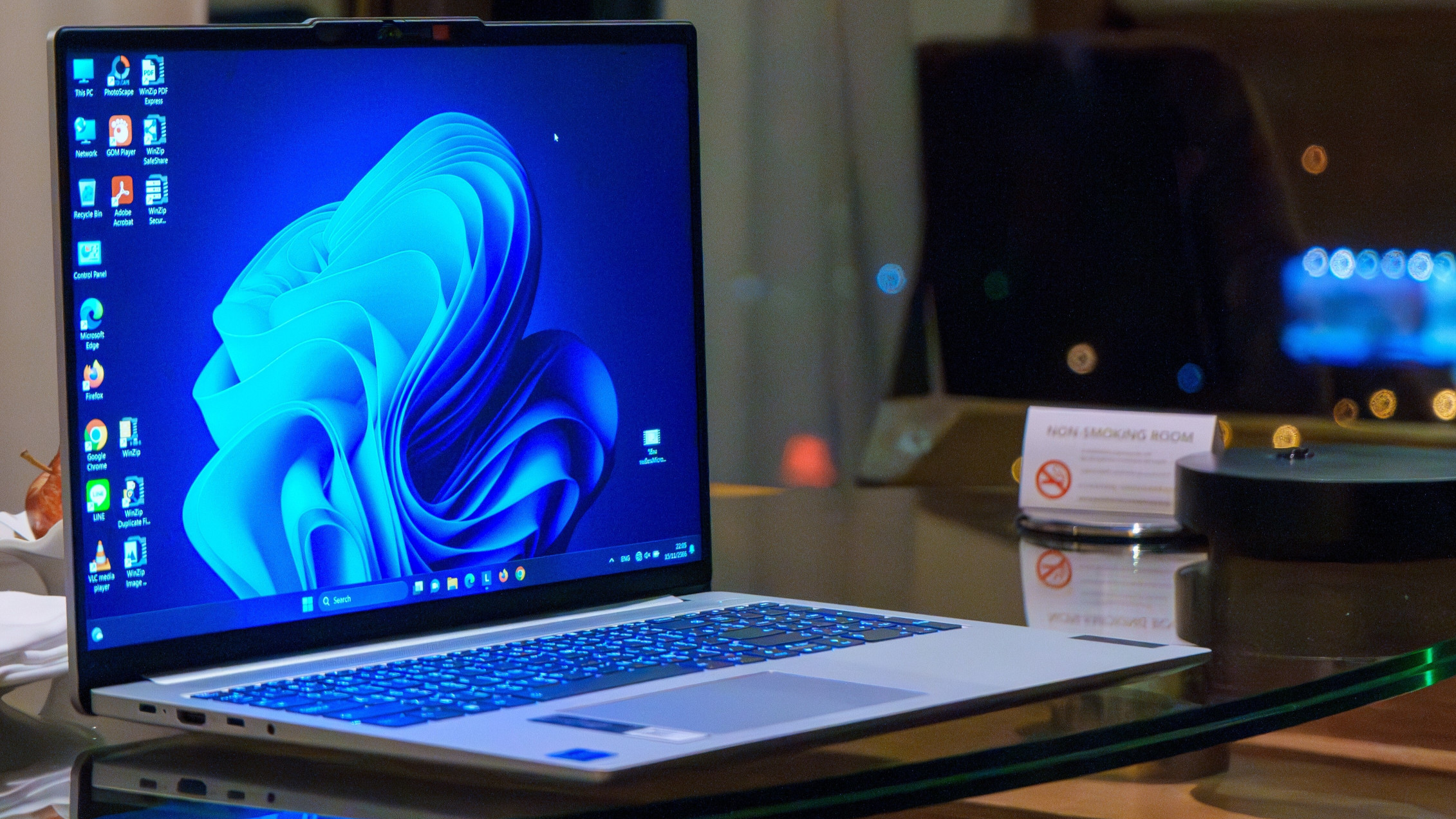Amidst the excitement of the ongoingWindows 112024 Update rollout, one particular feature has caught the eye of the development community and evenWindows Latest— the addition of ReFS Block Cloning.
ReFS, formerly exclusive to Windows Server operating systems, was first spotted in Windows 11 in July as a hidden option within Build 25276 of the Windows Insider Program Dev Channel. Launched in 2012, ReFS, which stands for “Resilient File System,” is an alternative to NTFS, which stands for “New Technology File System,” and debuted in 1993. Unlike NTFS, ReFS can’t be used for an operating system drive, and it is aimed at developers and server operators who use multiple drives and need storage that is as stable and scalable as possible.

The form that ReFS and its Block Cloning feature have taken within Windows 11 is called “Dev Drive,” both to communicate its purpose better and that you need a secondary drive to use the functionality. In statistics provided byMicrosofton a May 21 blog post, Dev Drive with Block Cloning provided an at minimum 18% file copy speed improvement (for a miniscule 1MB file) and at most a whopping 94% file copy speed improvement (for a 1 GB file; 10GB was 92%). Block Cloning is a massive boon forenterprisecustomers, server operators, app and game developers, and anyone who does a lot of file copying.
Block Cloning isn’t the only boon of ReFS, either. Other major features of ReFS include integrated backups and integrity checks, which prevent the need for manual Disk Checks since ReFS does that automatically. ReFS is also more resilient to corruption by isolating and removing only corrupted data when a volume is corrupted, allowing for most, if not all, remaining data to be preserved unless the problem is simply too severe.

ReFS can also further improve performance in various other ways, particularly when used with multiple SSDs and HDDs. It allows storage to be organized into automatically managed “Performance” tiers and “Capacity” tiers for users who need to maximize front-end speed while still having great back-end storage.
Overall, Windows 11’s addition of support for ReFS features that have traditionally been restricted to the server looks quite promising—but without a multi-drive storage array akin to a server, you probably won’t benefit from them. Even if you have multiple drives, you can’t directly convert drives between NTFS or ReFS like you often can with other file systems, so you’ll need to reformat any drives you wish to give ReFS appropriately and thoroughly.
Get Tom’s Hardware’s best news and in-depth reviews, straight to your inbox.
Christopher Harper has been a successful freelance tech writer specializing in PC hardware and gaming since 2015, and ghostwrote for various B2B clients in High School before that. Outside of work, Christopher is best known to friends and rivals as an active competitive player in various eSports (particularly fighting games and arena shooters) and a purveyor of music ranging from Jimi Hendrix to Killer Mike to the Sonic Adventure 2 soundtrack.